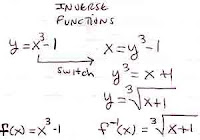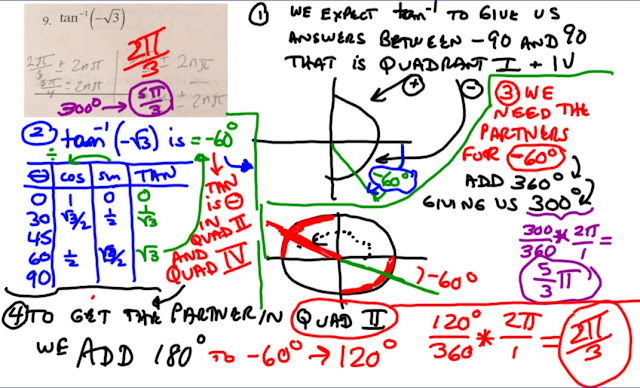1) No penalty for guessing. GUESS!!!
2) Use the graphing calculator as often as possible.
3) Sometimes you can just plug-in each option to see
which one is correct.
4) More difficult problems could be solved by
looking at a more simplified form.
5) If you have no idea, then choose the one
that is most likely!
OPTIONS: 1/2, -1/2, 5, -5, 4
OPTIONS: 1/2, -1/2, 5, -5, 4
Since 3 options are positive and 3 are whole numbers,
then pick the POSITIVE 5 since there are two 5's!
6) If the question asks for the largest, then pick the
one OPTION that has the largest ABSOLUTE VALUE!
OPTIONS: -5, -4, -2, 3, and 4 CHOOSE -5
LINK: Back to Contents
















